1. Joey- Just Didn’t Work Without the Gang
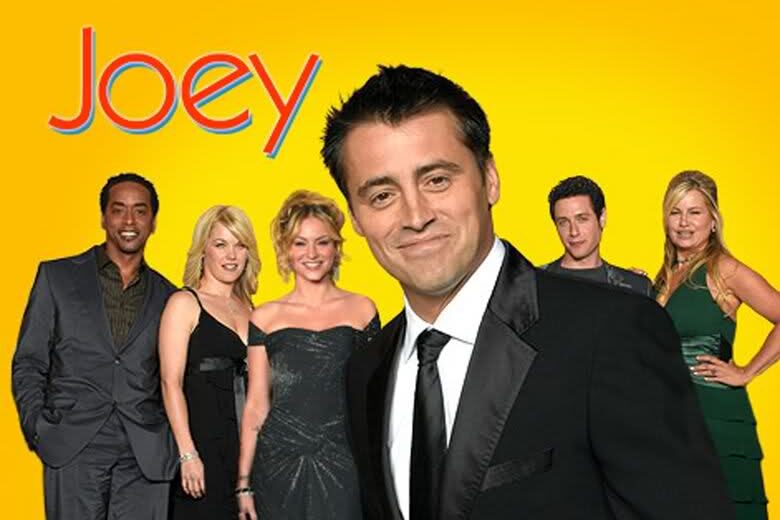
Friends was an ensemble masterpiece, but Joey on his own lacked the same magic. The spin-off followed him to Los Angeles to chase acting gigs, but fans quickly noticed something missing. The charm faded without Chandler, Monica, and the rest. Critics called it forced, and the storylines didn’t click. “It felt like a watered-down version of the original,” one review wrote. The show only lasted two seasons and failed to capture the warmth or wit that made Friends iconic. It’s a reminder that sometimes side characters are better left in supporting roles where they shine brightest.
2. Baywatch Nights- Swam Too Far from Shore
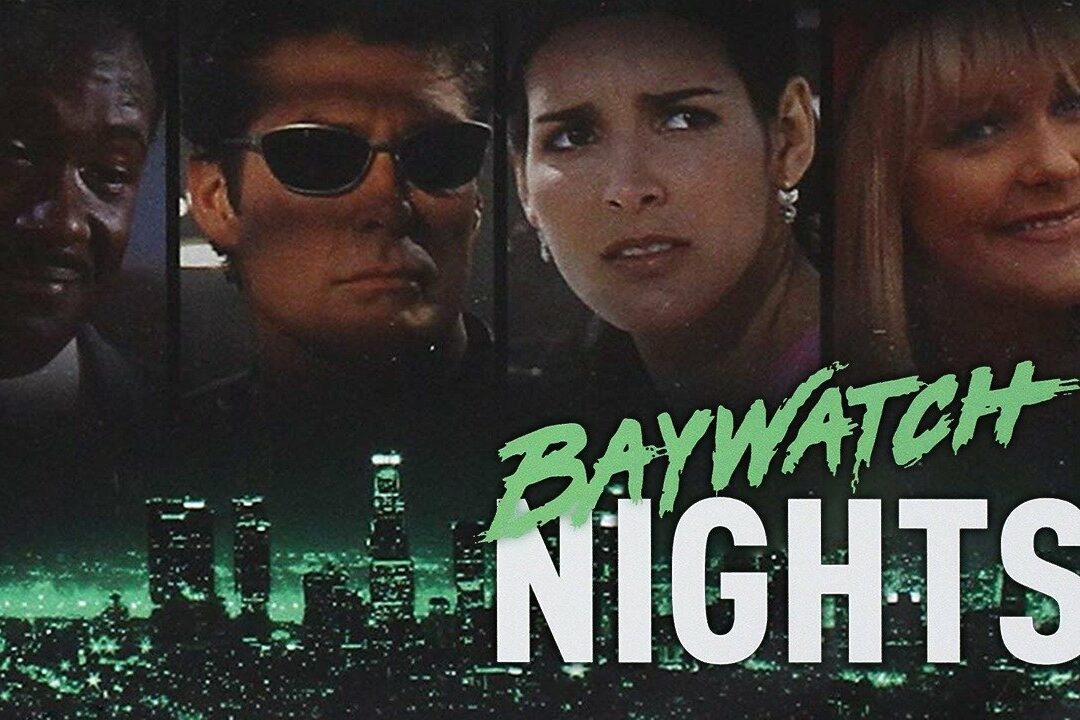
Baywatch Nights took David Hasselhoff off the beach and into the weirdest detective plots ever written. Originally pitched as a crime drama, it eventually introduced paranormal elements like aliens and monsters. Fans of Baywatch’s sunny lifeguard scenes were completely thrown. The shift confused viewers, and critics panned the direction. “It was like they just pulled ideas out of a hat,” said one article in Entertainment Weekly. The strange tone change never recovered. The show quickly sank in the ratings and was canceled after two seasons. Not even Hasselhoff’s slow-motion charisma could save it from becoming a forgotten footnote.
3. AfterMASH- Couldn’t Hold the Scalpel
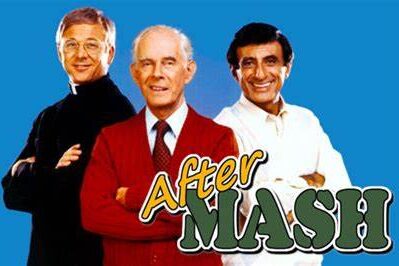
AfterMASH tried to carry on the legacy of MASH by following Colonel Potter, Klinger, and Father Mulcahy into their post-war lives. But what felt like a heartfelt idea quickly fell flat. The sharp writing and emotional balance that defined MASH didn’t carry over. Critics described it as slow and unfocused. “It was more like a reunion than a story,” one fan recalled. Despite some early interest, viewers lost interest fast. The show was pulled in the middle of season two. Some series simply end at the right time, and trying to restart this one proved that endings matter.
4. The Golden Palace- Missed Its Core
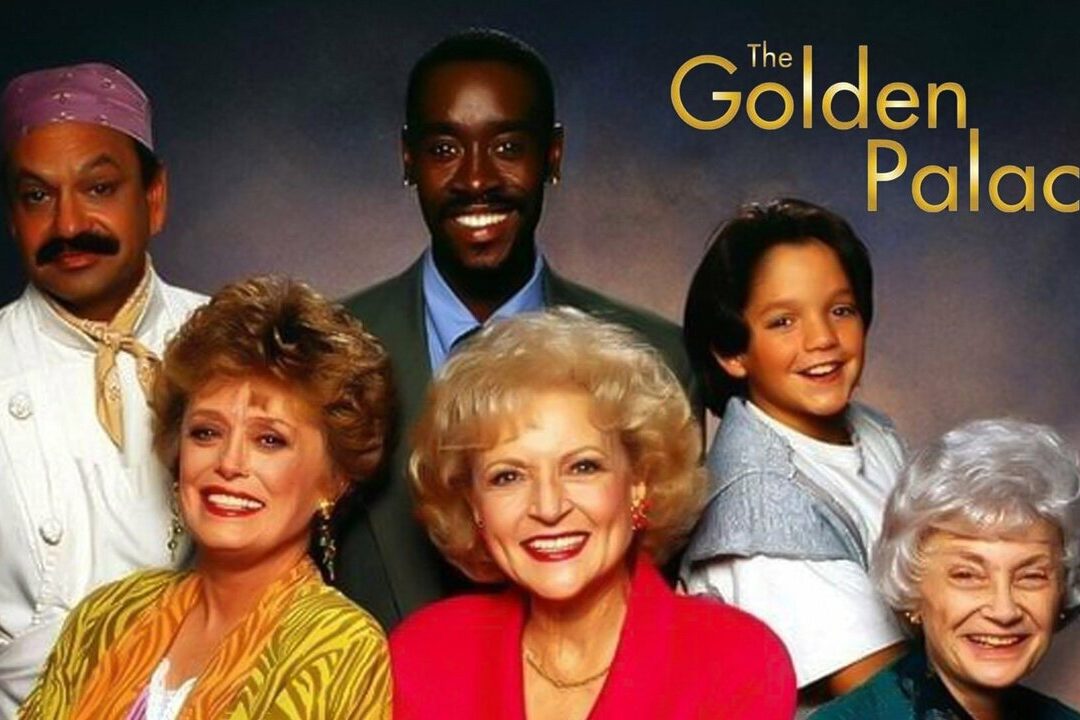
With Bea Arthur gone, The Golden Girls tried to continue with The Golden Palace. Blanche, Rose, and Sophia opened a hotel, but the spark just wasn’t the same. The addition of Don Cheadle and Cheech Marin couldn’t replace the show’s original chemistry. Without Dorothy’s grounded sarcasm, the tone felt uneven. “It was like a sequel missing the soul,” one critic said. While loyal fans watched out of love, the heart of the show felt off. It only lasted one season and didn’t leave the same legacy. Sometimes, closing the door is better than pushing a story past its peak.
5. That ’80s Show- Couldn’t Catch the Vibe
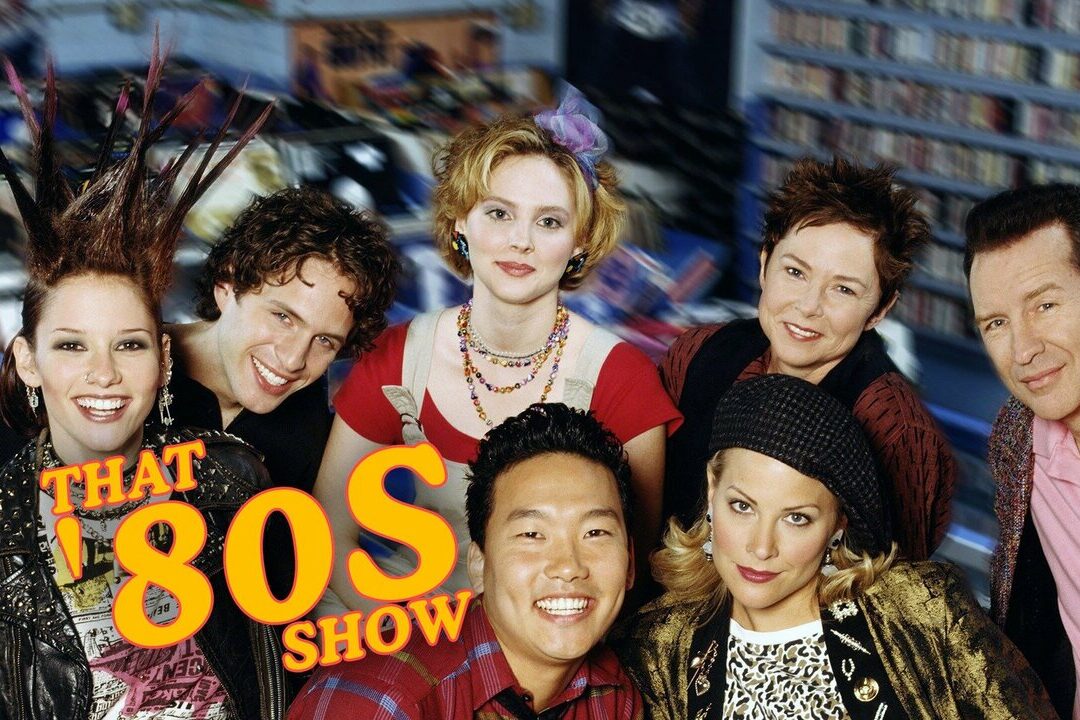
That ’70s Show became a nostalgic classic with lovable characters and just the right balance of goofy and grounded. That ’80s Show tried to replicate the format with a new cast, different decade, and no real connection to the original. The result was a bland version of something that once felt fresh. “It was like watching an impersonation,” one fan wrote. The writing lacked charm, and the characters felt forced. Critics weren’t kind, and viewers didn’t stay. Only 13 episodes aired before the show was canceled. You can’t always recapture magic by just changing the soundtrack and hairstyle.
6. Saved by the Bell College Years- Grew Up Too Awkwardly
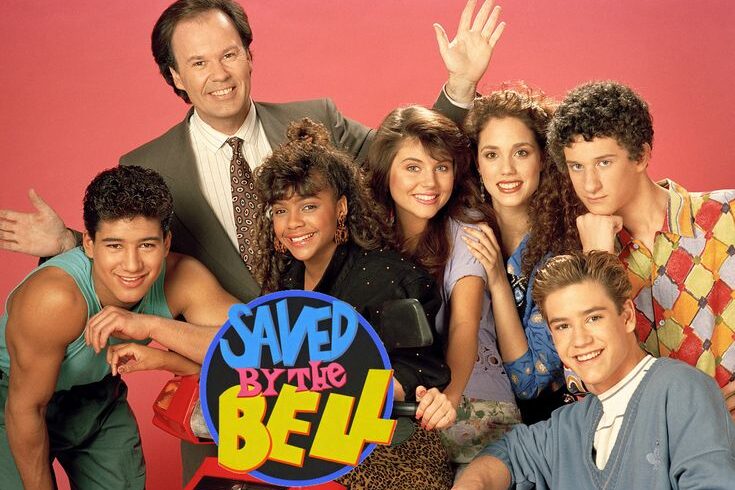
Saved by the Bell: The College Years tried to bring Zack and friends into a more adult world, but it lost the charm along the way. The tone felt off, swinging between serious and silly without balance. Bayside’s lighthearted vibe didn’t translate to campus life. “It felt like the same people, but in the wrong place,” said a former viewer. The new supporting cast didn’t connect with fans, and the old characters seemed out of place. NBC gave it one season, but even nostalgia couldn’t save it. Some characters work best as teens, and college exposed the limits.
7. The Bradys- Took Things Too Seriously
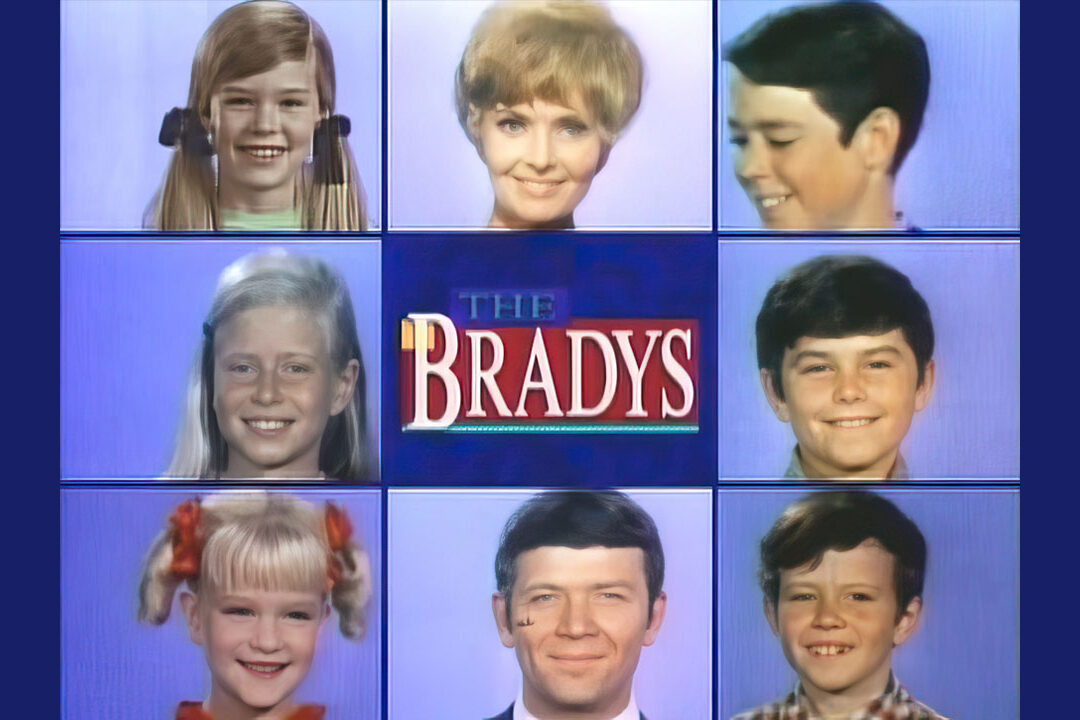
Everyone remembers The Brady Bunch for its feel-good charm and retro camp. But in the 1990s, The Bradys tried to turn the family sitcom into a drama. It was a jarring shift. Suddenly, Mike Brady was running for office, and Marcia was struggling with alcoholism. The sweet tone of the original was replaced with melodrama. “It was like watching a soap opera with familiar faces,” said one critic. Fans were confused by the change, and the show was canceled after just six episodes. A lighthearted story rarely survives a hard turn. This reboot left many viewers wondering why.
8. Booker- Ran Out of Street Cred
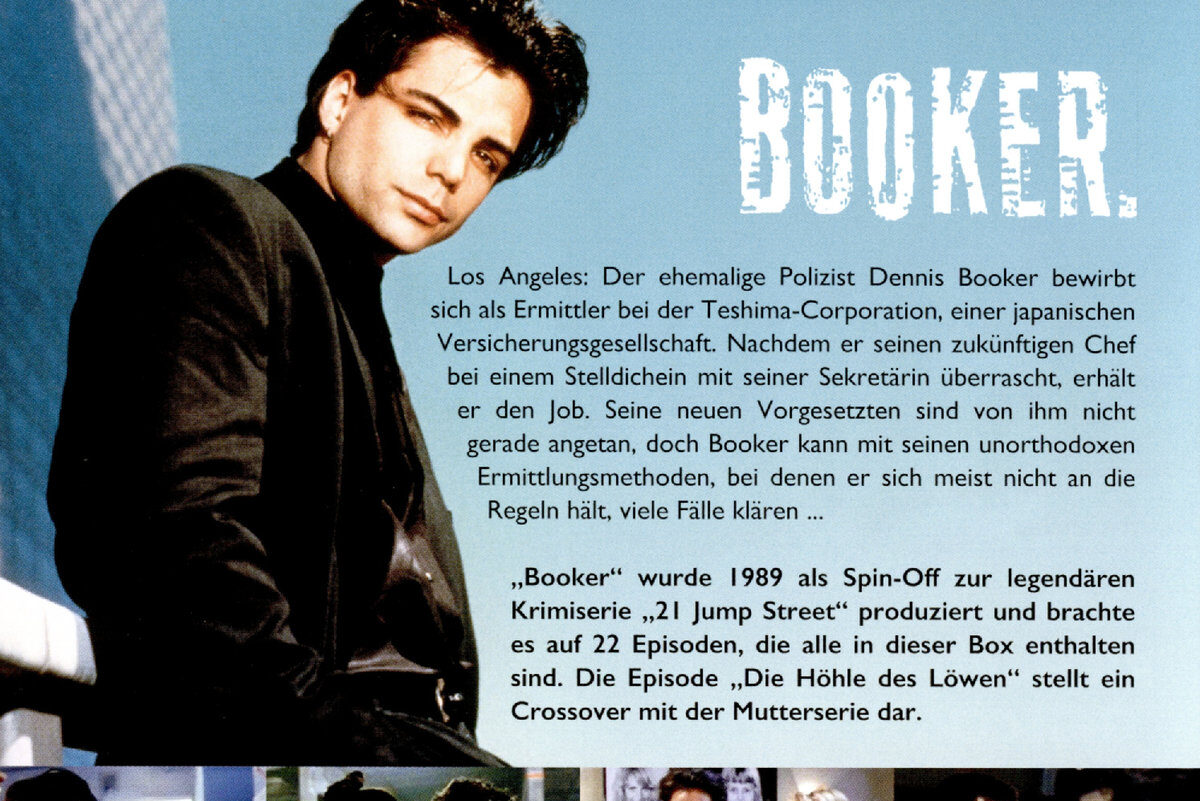
Richard Grieco’s character Booker was a fan favorite on 21 Jump Street, so giving him a spin-off made sense on paper. Unfortunately, the solo spotlight exposed a thin character and shaky writing. The moody vibe lacked fun, and the supporting cast never found rhythm. “He was cool, but cool isn’t a story,” said one reviewer. Without the original Jump Street crew to ground him, the show felt aimless. Critics and fans agreed it didn’t hold attention. It was canceled after one season. Booker became a classic case of a side character better left in small doses.
9. The Lone Gunmen- Missed the Target

The quirky trio from The X-Files got their own series in The Lone Gunmen, but without Mulder and Scully, the show lacked substance. The characters worked well in small doses, but stretched into full episodes, they felt flat. The tone bounced between serious and silly, confusing viewers. “It didn’t know what kind of show it wanted to be,” one critic observed. Even loyal X-Files fans struggled to stay engaged. Despite a cult following, it was canceled after 13 episodes. The Lone Gunmen were great as comic relief, but asking them to lead never really added up.
10. Melrose Place Reboot- Rebooted Without the Fire
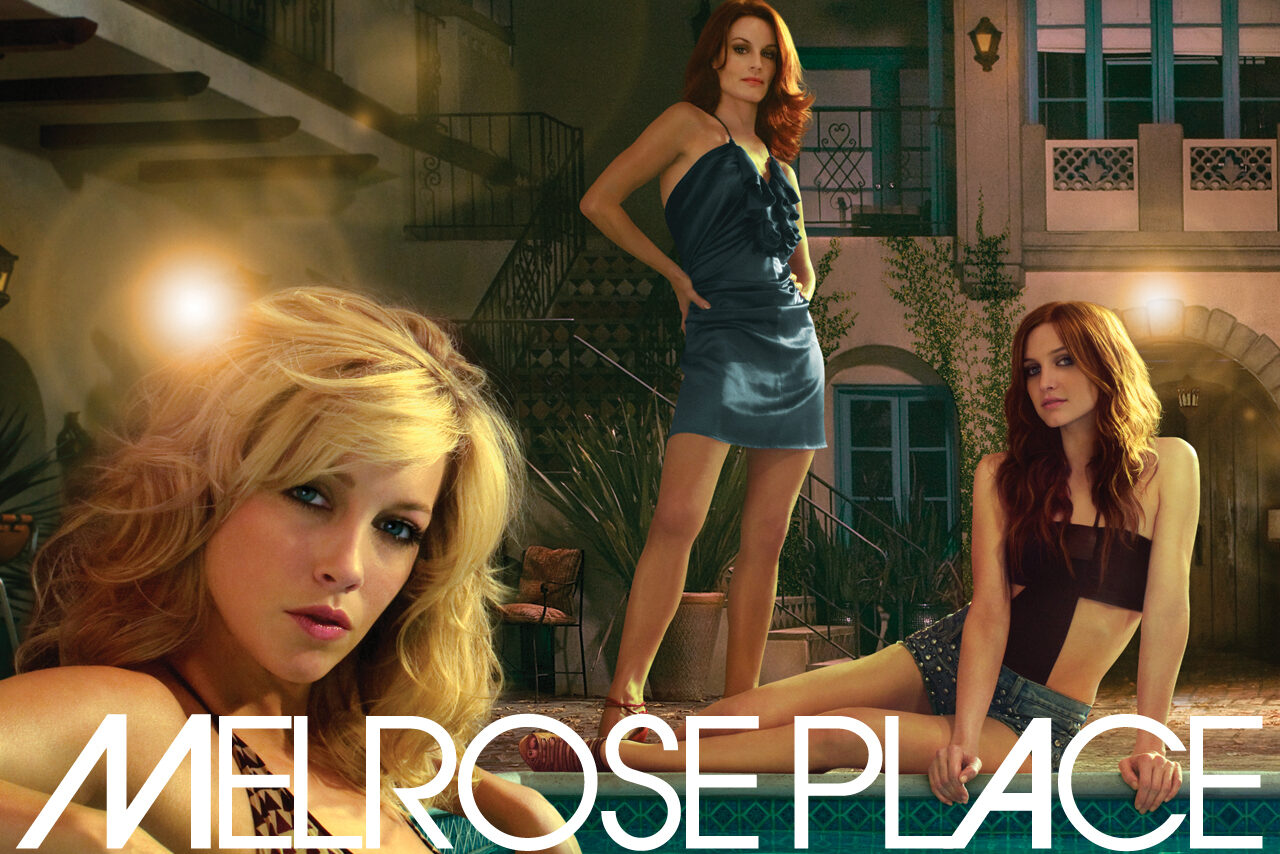
When the CW brought back Melrose Place in 2009, it tried to modernize the original soap with a glossy look and new faces. But it lacked the raw chaos that made the first version addictive. The characters didn’t pop, and the drama felt recycled. Viewers tuned in expecting scandal but got slow plots and shallow writing. “It had the clothes but not the claws,” a critic quipped. Even appearances from old favorites couldn’t salvage the reboot. Ratings dropped quickly, and the show was canceled after one season. In trying to update a classic, they forgot to bring the heat.
11. Gloria- Couldn’t Go It Alone
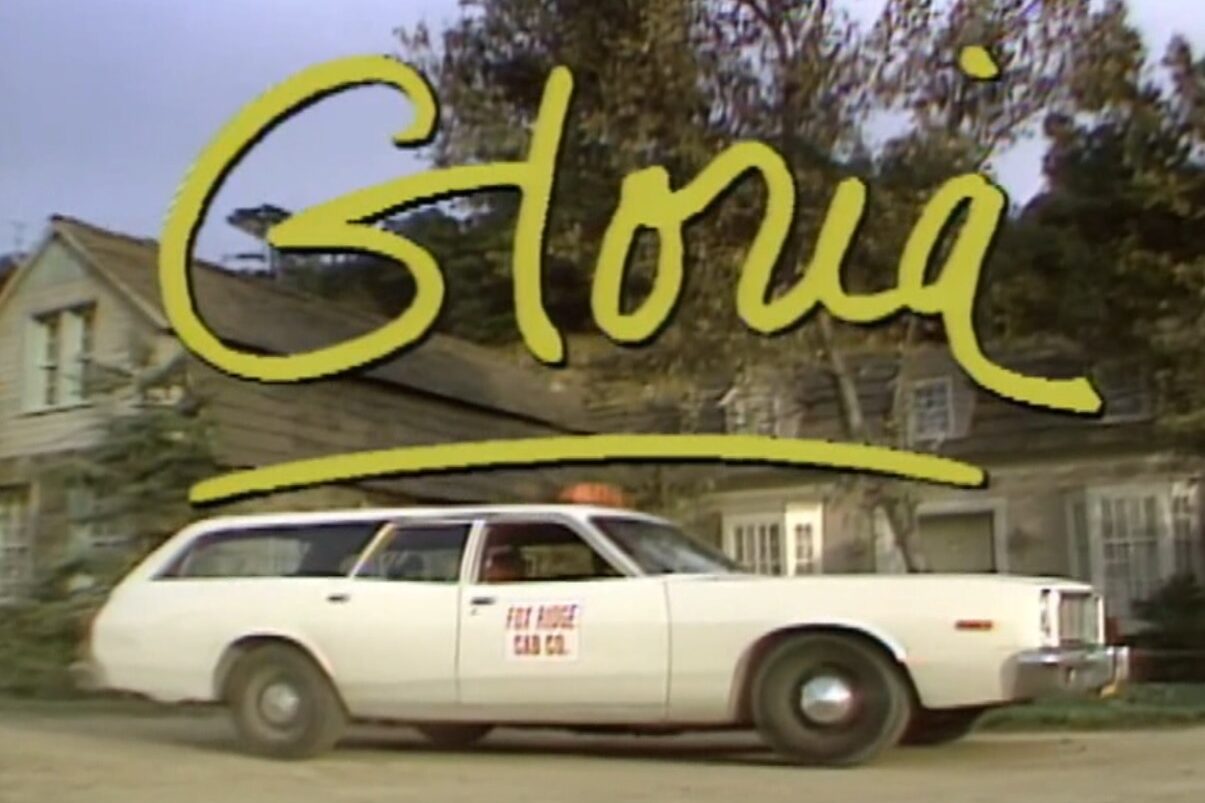
All in the Family made television history, and Gloria was one of its strongest supporting characters. But when she got her own show, it didn’t stick. Gloria followed her as a single mom working at a veterinary clinic. The tone shifted, and the biting humor from the original was gone. “It didn’t feel like Gloria anymore,” said one longtime viewer. The writing was softer and lacked the edge that defined her earlier role. Without Archie and Edith, the show felt disconnected and overly safe. Gloria lasted only one season, proving that not every standout deserves a solo stage.
12. Joanie Loves Chachi (Happy Days)
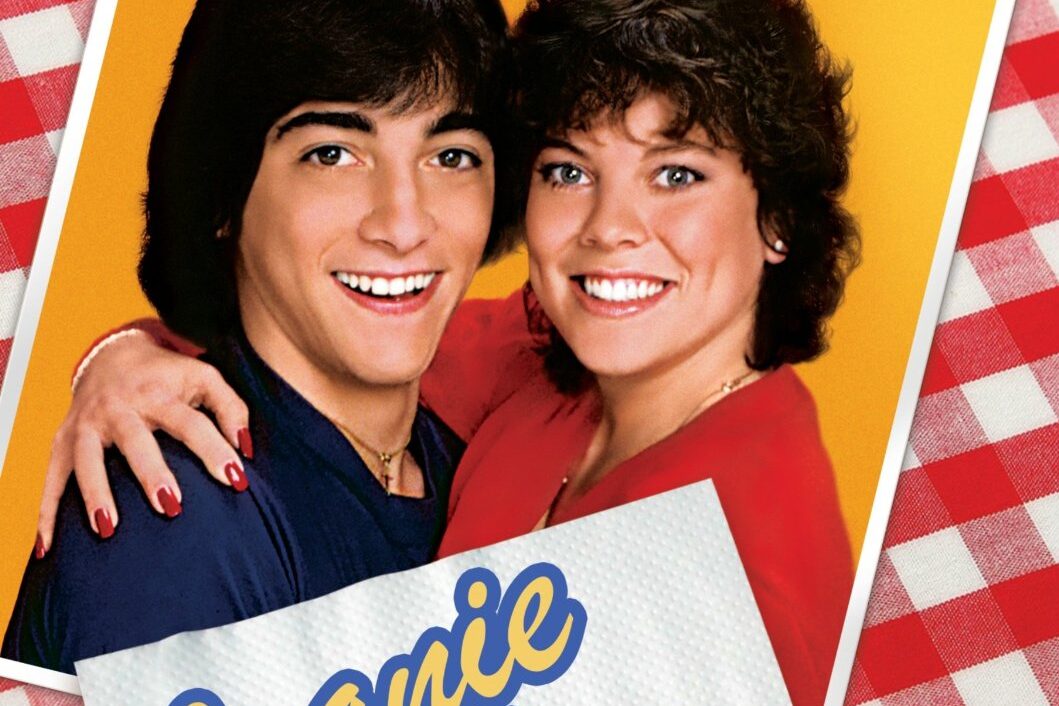
Young love on Happy Days was sweet, but stretching it into a standalone show proved to be a mistake. Joanie Loves Chachi followed the couple’s move to Chicago to start a band, but it never found a rhythm with audiences. The musical elements felt awkward, and the characters lost their charm outside the original setting. According to IMDb and Ranker, many fans were confused about the show’s direction. It aired just 17 episodes before being pulled. Nostalgia may have brought viewers in at first, but it wasn’t enough to keep them watching. Love is nice, but it doesn’t always make for good television.
13. Living Dolls (Who’s the Boss?)
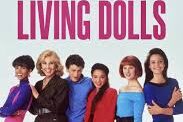
Who’s the Boss? was full of feel-good moments, so a spinoff about teenage models under one roof might’ve sounded fresh. But Living Dolls never found its footing. It introduced a young Halle Berry, but even future star power couldn’t keep the concept afloat. The show lacked the heart and structure of its parent series, and the characters felt underdeveloped. Yardbarker noted that the show fizzled quickly, failing to offer anything new or compelling. With only 12 episodes aired, it came and went before viewers could connect. Sometimes even a breakout actor and a familiar backdrop can’t save a weak premise from an early exit.
14. Time of Your Life (Party of Five)

Party of Five had emotional depth and a strong ensemble. So giving Jennifer Love Hewitt’s character Sarah her own story in New York seemed promising. Unfortunately, Time of Your Life couldn’t recreate the dramatic magic. Critics from ComicBook.com and Entertainment Weekly noted it felt melodramatic without meaningful direction. The writing lacked the subtlety that made the original show resonate, and audiences quickly tuned out. Even with a strong lead and an interesting premise, it didn’t click. It lasted only one season before fading from memory. Sometimes a breakout character shines best in the environment that made them who they are.
15. The Girl from U.N.C.L.E.
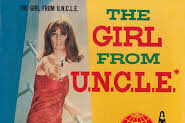
Riding on the success of The Man from U.N.C.L.E., this female-led counterpart aimed to tap into the spy craze of the ‘60s. But The Girl from U.N.C.L.E. never hit the same highs. Screen Rant and The Guardian noted that the show suffered from clunky writing and inconsistent tone. While audiences welcomed a woman in the lead role, the stories didn’t offer the excitement or intrigue fans expected. It came off as a lesser version of its predecessor, without the wit or suspense that made the original work. Despite early curiosity, the show was canceled after one season. It’s often remembered as a missed opportunity.
16. The Tortellis (Cheers)
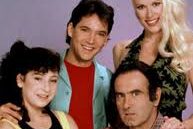
Nick and Loretta Tortelli were side characters on Cheers known for their over-the-top antics. Giving them their own show seemed like a stretch, and it turned out to be just that. The Tortellis lacked the warmth and sharp writing of Cheers. Entertainment Weekly noted that without the bar backdrop and familiar ensemble, the humor fell flat. The characters weren’t developed enough to sustain their own show, and viewers didn’t connect. Only 13 episodes aired before NBC pulled the plug. The show is now mostly forgotten, except as an example of how even popular side characters don’t always deserve a spotlight.
17. Top of the Heap (Married…With Children)
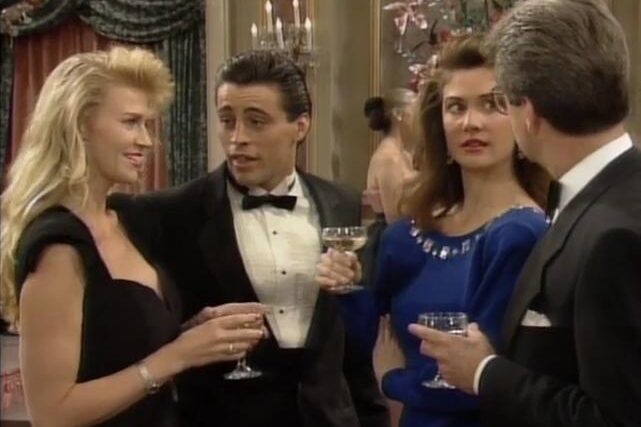
Spun off from Married…With Children, this sitcom starred Matt LeBlanc before his Friends fame. But Top of the Heap never lived up to its title. Screen Rant described it as forgettable and lacking the punchy humor of the original. It focused on a father-son duo scheming for wealth, but the jokes didn’t land and the pacing felt off. Fans of Married missed the chaos of the Bundy household, and the show didn’t offer anything new. Despite the familiar tone, it only lasted a few episodes. It later spawned another short-lived spin-off, but neither version made an impression that stuck.
18. Planet Sheen (Jimmy Neutron)
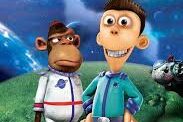
Sheen was one of the funniest parts of Jimmy Neutron, but giving him his own spinoff was a strange choice. Planet Sheen moved him to a distant planet with alien characters and a whole new world to explore. But without Jimmy and the core cast, the show felt scattered. Reddit users often described it as chaotic and lacking heart. The humor leaned too heavily on randomness, and the emotional center was gone. The animation felt less polished, and parents didn’t enjoy watching along. It aired for one season before being shelved. Not every comic relief character is built to lead.
19. Gilligan’s Planet
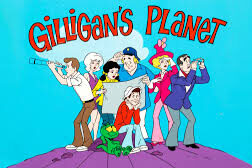
If Gilligan’s Island was already a stretch of a concept, Gilligan’s Planet took things to a whole new level. Literally. The castaways were reimagined in an animated version where they crash-landed on another planet. The Guardian described it as one of the strangest spinoffs ever created. The sci-fi setting didn’t make sense, and the goofy charm of the original was replaced with odd alien plots. Kids didn’t really understand it, and adults weren’t interested. It lasted only one season before disappearing quietly. It’s now remembered mostly for its weirdness, not for anything it brought to the franchise.
20. Tabitha (Bewitched)
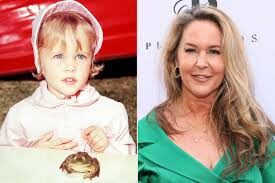
As the daughter of Samantha and Darrin, Tabitha had magical potential. But when Tabitha got her own series in the late ’70s, the enchantment didn’t carry over. Viewers were excited to see what an adult witch navigating modern life would look like, but the writing was stale and the tone felt off. According to MovieWeb, audiences found the characters one-dimensional and the magic gimmicky. It lacked the whimsy and cleverness that made Bewitched so beloved. Despite the brand recognition, Tabitha couldn’t cast a lasting spell and was canceled within one season. It’s a reminder that some shows work best as part of a bigger magical family, not standing solo.
21. Katy Keene (Riverdale)

Coming from the shadow of Riverdale, Katy Keene hoped to appeal to fans looking for something more fashion-forward and less moody. With a bold, colorful style and upbeat vibe, it was a big shift from the drama of its origin. But the glitter didn’t stick. While the wardrobe wowed, the storylines lacked depth. Reddit and MovieWeb users shared that it didn’t feel connected to the original universe and struggled to develop tension. The tone was so different that it confused longtime fans. After just one season, the show was quietly canceled. Pretty visuals weren’t enough without compelling plots to back them up.
12 Spinoffs That Outperformed Their Originals
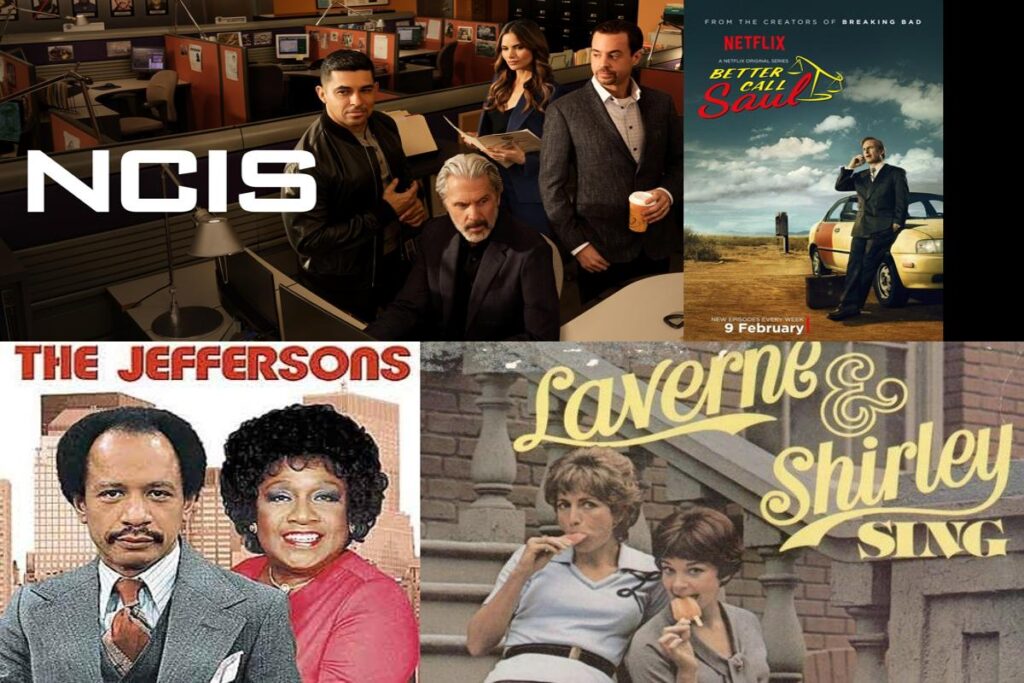
While some spinoffs stumble, others take flight. The best ones don’t just mimic the shows that launched them, they carve their own paths, find new audiences, and sometimes even become more beloved than the originals. These 12 spinoffs did just that, proving that sometimes the second act steals the whole show.
1. Frasier- Became a Classic in His Own Right
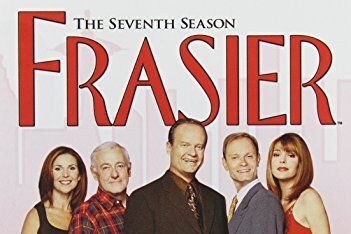
Frasier Crane started as a quirky psychiatrist on Cheers, but when he moved to Seattle, something magical happened. The spin-off Frasier became a critical darling, winning 37 Emmys and carving out its own place in television history. The show blended intelligent humor with heartfelt moments, thanks to a strong cast and sharp writing. “It was smarter and deeper than Cheers ever was,” said one TV critic. Frasier’s relationship with his father and brother created new emotional ground. Instead of copying the original, it elevated everything. Frasier didn’t ride Cheers’ coattails. He stepped out and built something even stronger.
2. Better Call Saul- Gave Us the Full Picture
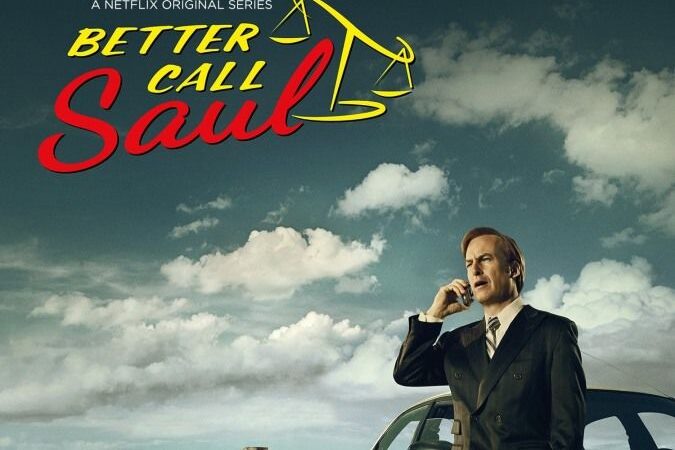
When Breaking Bad ended, fans were skeptical that Saul Goodman could carry his own show. But Better Call Saul surprised everyone. The prequel gave depth to a character once seen as comic relief. Bob Odenkirk’s performance uncovered layers of heartbreak and ambition. Critics praised the slower pace and emotional storytelling. “It might be the rare spin-off that matches the original,” wrote Rolling Stone. Viewers connected deeply with Jimmy McGill’s rise and fall. By the end, many fans argued it was even better than Breaking Bad. Better Call Saul didn’t just expand the universe—it redefined what a spin-off could be.
3. The Jeffersons- Walked Away and Won
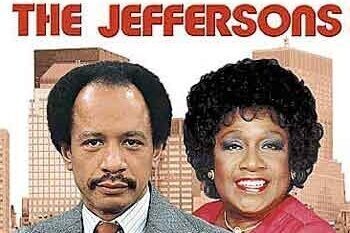
George and Louise Jefferson moved out of Archie Bunker’s neighborhood and into television history. The Jeffersons became one of the first shows to center a successful Black family and did so with pride and humor. The writing was sharp, and the characters stood strong on their own. “We’re movin’ on up” wasn’t just a song—it was a statement. The show lasted 11 seasons and tackled serious issues without losing its laugh-out-loud edge. It outgrew its original and created a legacy all its own. The Jeffersons weren’t supporting characters anymore. They became the stars of their own success story.
4. Laverne & Shirley- Took Over Prime Time
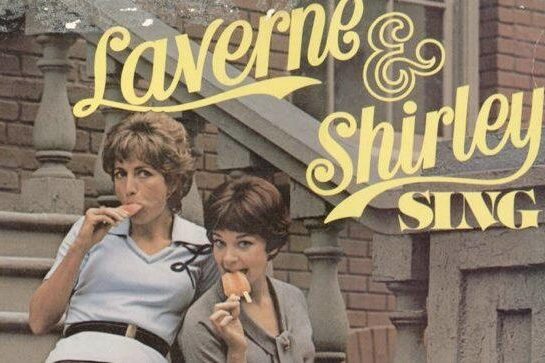
Spinning out of Happy Days, Laverne & Shirley quickly became its own force. At one point, it was the most-watched show on television. The chemistry between Penny Marshall and Cindy Williams carried every episode, blending physical comedy with true heart. “It was like lightning in a bottle,” Marshall later said. The show had charm, chaos, and just enough sweetness to keep it grounded. It never leaned too hard on its parent series. Instead, it carved out its own corner of television history. Laverne & Shirley didn’t follow Happy Days. They led their own. And viewers happily followed.
5. NCIS- Quietly Built a TV Empire
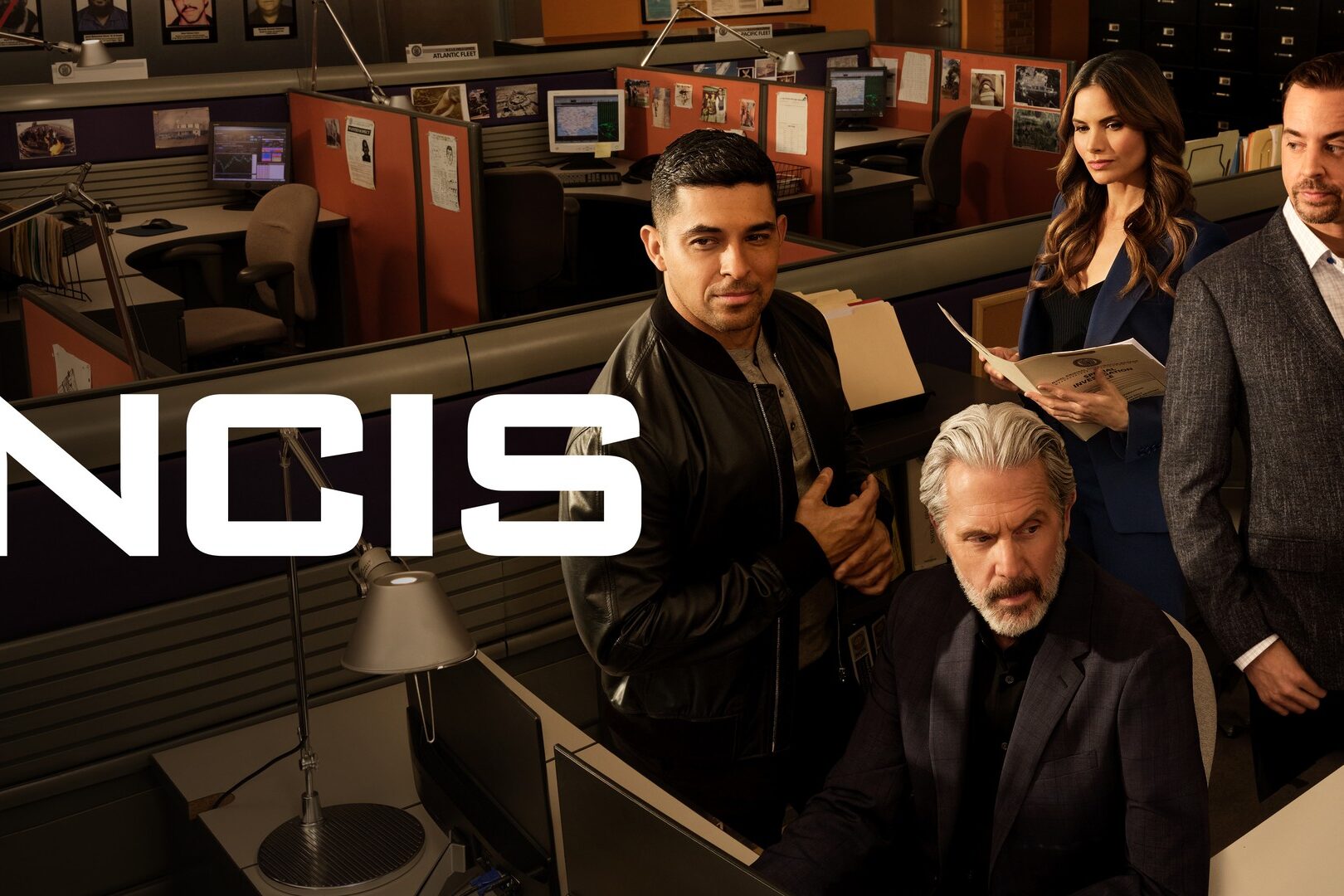
NCIS launched from a two-episode arc within JAG, but few expected it to become one of the most successful franchises in television. The original courtroom drama faded, while NCIS thrived with a mix of smart cases and strong characters. Mark Harmon’s Gibbs led a team that balanced crime-solving with emotional depth. “We focused on character more than plot,” Harmon explained. That formula worked. The show inspired multiple spin-offs and gained a loyal global audience. NCIS didn’t just follow in JAG’s footsteps, it left it behind entirely. It’s proof that quiet beginnings can still build empires.
6. The Simpsons (The Tracey Ullman Show)
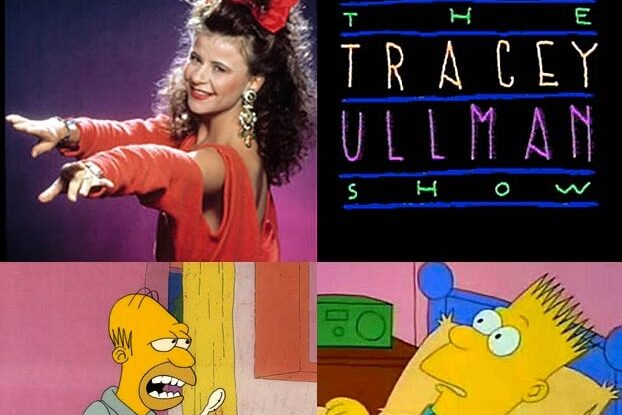
Back in 1987, The Simpsons started as a series of animated shorts on The Tracey Ullman Show. It wasn’t long before the yellow family outgrew the sketch format and changed television forever. As the longest-running scripted primetime show in U.S. history, The Simpsons became a cultural mirror, poking fun at politics, pop culture, and suburban life. Listverse hailed it as “an institution.” Its impact on comedy, animation, and even language is unmatched. While The Tracey Ullman Show faded from memory, The Simpsons remains iconic, delivering laughs and life lessons across generations. Few remember where it began, and that says everything.
7. Law & Order: SVU (Law & Order)
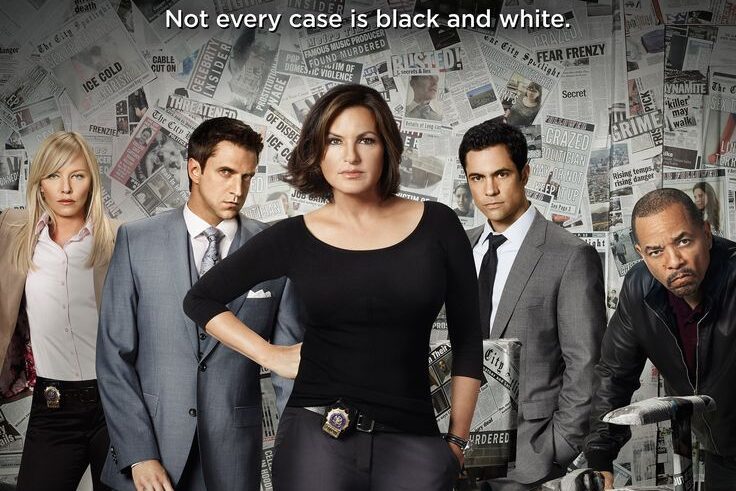
Law & Order defined the procedural drama, but SVU brought heart to the formula. With Olivia Benson at the helm, the show tackled sensitive and often painful topics with empathy and care. Listverse credits SVU as “the emotional core of the franchise.” Mariska Hargitay’s portrayal earned critical acclaim and made Benson a lasting television figure. The show didn’t just survive, it grew into the longest-running primetime drama in U.S. history. Its impact extends beyond entertainment, influencing real-world conversations about justice and trauma. While the original laid the groundwork, SVU gave it purpose and emotional weight that kept fans watching for decades.
8. Angel (Buffy the Vampire Slayer)
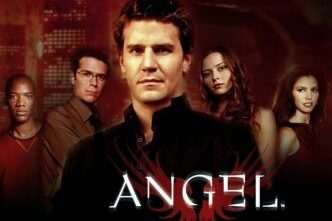
Angel began in the shadows of Buffy, literally and figuratively. But this spinoff quickly carved out its own path, leaning into noir aesthetics and moral ambiguity. The Guardian called it “a darker, more adult evolution of the Buffyverse.” With storylines centered around redemption, guilt, and personal sacrifice, Angel had emotional gravity that sometimes outpaced its parent show. The ensemble cast grew stronger over time, and the show embraced serialized storytelling with long-term consequences. It wasn’t just monster-of-the-week, it was a philosophical dive into the human condition, even for vampires. In the end, Angel wasn’t just a side character. He became a legend.
9. Star Trek: The Next Generation (Star Trek)
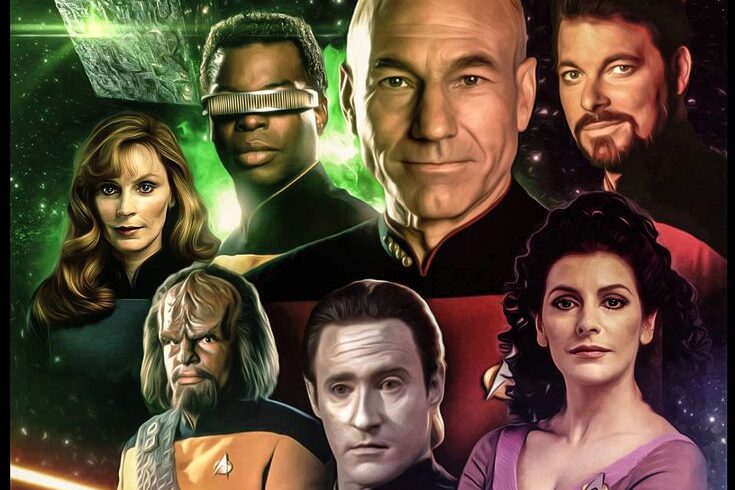
When Star Trek returned to TV with The Next Generation, fans were skeptical. A new captain? No Kirk or Spock? But TNG proved doubters wrong with thoughtful, character-driven science fiction. Captain Picard brought intellect and diplomacy to the forefront. As Listverse put it, “The show expanded the universe with maturity and nuance.” Storylines explored ethics, identity, and the human condition with grace. It became a gateway for new fans and earned critical respect throughout its run. TNG not only revived the Star Trek brand but elevated it. For many, it became the definitive series, boldly going where the original could only begin.
10. The Good Fight (The Good Wife)
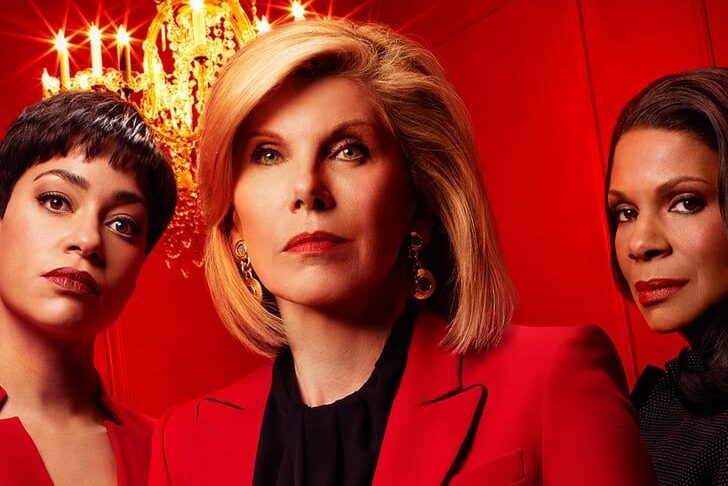
The Good Wife earned praise for blending legal drama with political relevance. But its spinoff, The Good Fight, took those elements and cranked them up. Set in a turbulent political landscape, the show embraced bold choices and razor-sharp commentary. Cinemablend noted it was “more daring, more surreal, and more stylish” than its predecessor. Christine Baranski led a powerhouse cast through courtroom chaos, fake news, and even musical satire. The show wasn’t afraid to challenge viewers, making it both provocative and timely. The Good Fight didn’t just continue the conversation, it elevated it, proving that thoughtful TV can still feel urgent and entertaining
11. Daria (Beavis and Butt-Head)
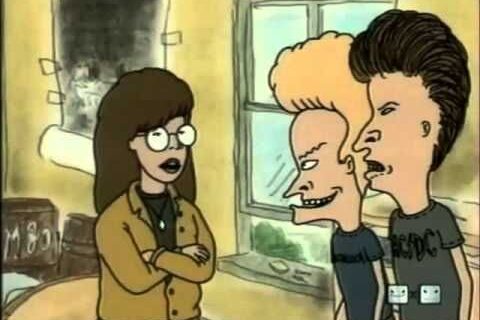
Spinning off from Beavis and Butt-Head, Daria took a smarter route. Centered on a cynical teen navigating high school, it offered sharp commentary on conformity, consumerism, and growing up. The Guardian said Daria became “a quiet icon for misfits everywhere.” Her dry humor and intellectual edge stood in stark contrast to her cartoon roots. The writing was clever without being preachy, and the show’s tone felt fresh and grounded. Unlike her origin series, which leaned into absurdity, Daria found strength in subtlety. It built a loyal following that continues to quote and celebrate her today. For once, the spinoff had all the brains.
12. Xena: Warrior Princess (Hercules: The Legendary Journeys)
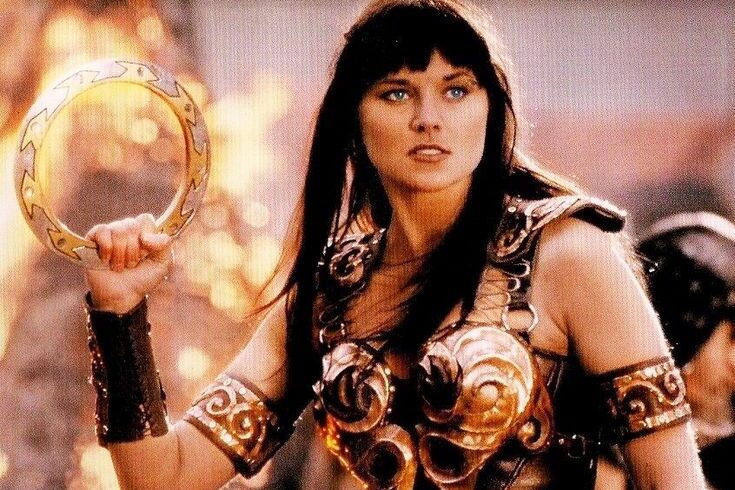
Originally introduced in Hercules, Xena quickly proved she could carry a saga of her own. Fierce, complex, and unafraid to show vulnerability, she became a feminist icon long before it was common on screen. Parade described the show as “a cult classic that sparked a movement.” With rich mythology, emotional storylines, and standout performances by Lucy Lawless and Renée O’Connor, Xena became more than a fantasy adventure. It inspired academic essays, fan conventions, and lifelong loyalty. Its legacy continues today, remembered as a show that gave women center stage in a genre often dominated by men. She didn’t follow, she led.
This story 21 TV Spin-Offs That Flopped and 12 That Outperformed Their Originals was first published on Daily FETCH


